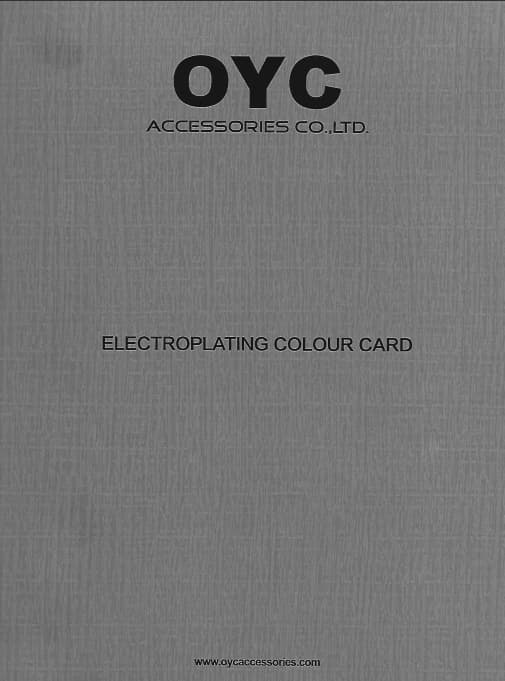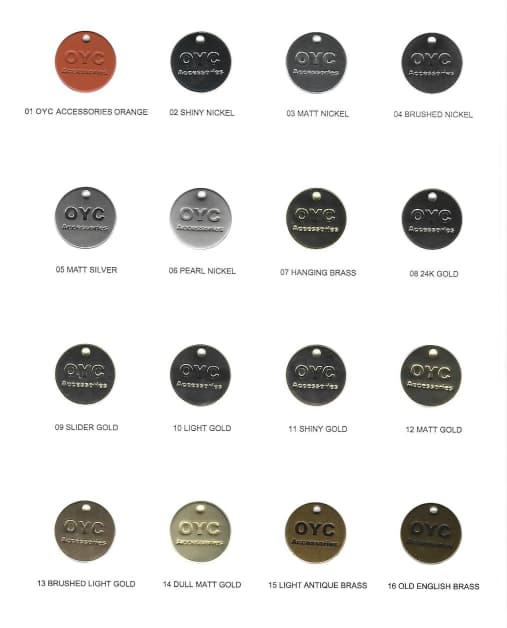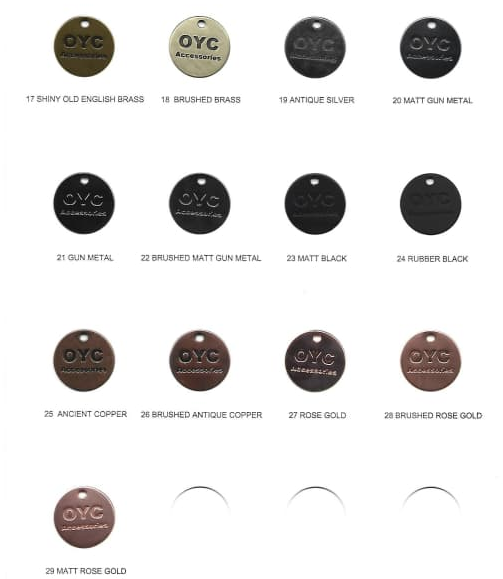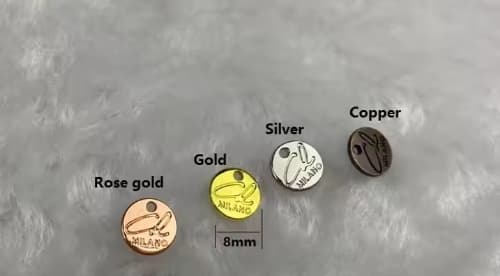- Personalized Customization High Quality Metal Accessories For Brand
- Contact +86-13924451472
Product Details
- Correlation between operating environment and wear resistance
High friction scenarios (e.g. industrial machinery)
Recommended 316 stainless steel + PVD coating, Taber wear test (CS-10 wheel, 500g load) up to 5000 rpm without bottoming out.
Low frequency contact scenarios (e.g. consumer goods)
Aluminium anodising + hard oxidation (thickness ≥25μm) can meet the requirements, reducing costs by more than 30%.
Extreme environments (e.g. offshore platforms)
Need to use super duplex stainless steel (such as S32760) + electrochemical polishing, Pitting Resistance Equivalent (PREN) ≥ 40, corrosion rate <0.01mm/year. - Wear resistance test standard reference
ASTM D4060 (Taber Wear Test)
Used to assess the wear resistance of organic coatings, metal logos can refer to its test principle, by adjusting the load and number of revolutions to simulate the actual wear.
ISO 15184 (Pencil Hardness Test)
Used to assess the hardness of coatings, the surface hardness of metal logos with good abrasion resistance should be ≥ 6H.
Recommended programme
High wear resistance requirement: 316 stainless steel substrate + PVD TiN coating (thickness ≥ 3μm), Taber wear test ≥ 8000 rpm.
Cost-effective solution: 6061 aluminium alloy + hard anodised (thickness ≥25μm), cost reduction of 40%, wear resistance to meet daily use.
Decorative demand: H62 brass + chemical nickel plating (thickness ≥ 5μm), both wear-resistant and beautiful, suitable for indoor low-frequency contact scenarios.
Through the reasonable choice of material, technology and structural design, the wear resistance of Engraved Round Metal Logo can be significantly improved and the service life can be extended.



相关推荐
Serach
Related recommendations
© 2025. All Rights Reserved. OYC Accessories CO.,LTD















